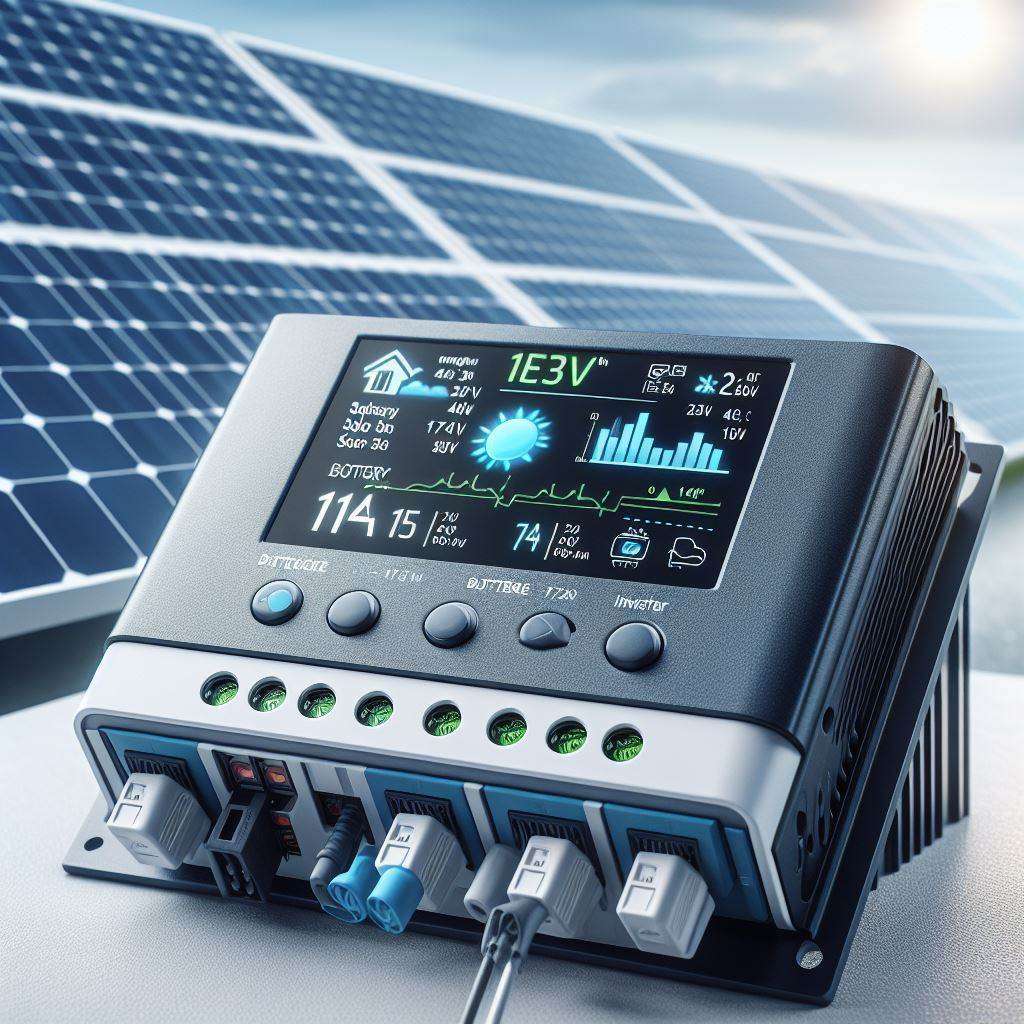Many many people make the mistake or maybe the presumption that they need a inverter, and this for the most part is not true as you do not always need to have AC power. DC power has been around longer than AC power, and for the most part you should start with looking at what type of power you actually need and use.
Here is a budget example with the same mistake!
Understand
Many items that you use are DC power and NOT AC, they will often have AC to DC converters ( power bricks) and many things run on low voltage DC.
To make the point; We do not want to charge a mobile phone from the wall wart that plugs into the 240v AC wall socket to provide 5v DC for the phone. People may have a power bank that has a USB port that can charge the phone.. This means that you could have a solar battery, 12v for example and you need to convert 12v DC to 5v DC.
You can buy many items off the shelf that are low voltage DC
– 12v smart tv – Google Search
I would probably caution away from a 12v systems, the next hop is 24v, but that would be the limit of off the shelf parts. But when you consider the real world use cases, what do you really need AC power for? And this is something that is personal to your power use.
Limiting AC power use.
It will probably be a washing machine, ovens and electrical water heaters that you will use AC power. Some inverters will use almost 2kwh of power doing nothing all day, and this can be side stepped by having essentials on your DC power side; Not to mention that you do not get another conversion lost which can be a further 20% more in losses.
Due to camping and RV’s there is a wide range of 12 and 24v appliances, that can be bought to fit in your home/shed/cabin. and you may be better off looking for those items if your are starting a project and intend to maximise the solar or battery DC systems. – Remember Saving power is as good as making power! –
DC Load check
Anything with a power brick is generally a DC item and you can use a multi meter to see what the voltage is, you then look at the amps or watts and do the math to see what kind of power you need to provide.
We have a range of small and larger DC converters and we also build our own, this means that you could have DC power at a wide range of wattage to power your devices.
When selecting to go DC, Ohms law applies and you will find that the lower the voltage, the higher the amperage is needed – Volts X amps = Watts. The key is working within common power ranges and boosting up the voltage or down to meet your needs.
lets take a quick look at this; If you have 120v DC battery storage. and you want to power a 19V laptop.
You would need to convert 120v to 19v. so we buck the power voltage. We know that most laptops are around 65 watts, so 65w /19v =3.42 amps.
So there you go, you have to buck to 19v 3.5amps (65w) The main issue would be dropping 120v to 19v as the hardware is fairly limited in this power range, you may need to look at the battery storage voltage to meet the common needs, but 65v is pretty simple to find.
Also its worth noting that the battery storage current, What you will take from the battery to convert the power would be 0.51 amps with a 120v source, it would be 5.4amps with a 12v battery.
Commissioning Hardware.
For the most part, many people would like to charge DC to DC with many power tools running from a battery these days, we do make various power converters, but for the most part we make adjustable power supplies.
With the adjustable power converters, you will find that you need just one to power many devices, all you have to do is know what power goes where. We typically make them as voltage up and voltage down.
You will need to know your “system voltage” and “device voltage”.
If you cannot find something, then the chances are that we can make it. we build hardware and program software, giving you a wider range of options. For example you could have a battery charging dock, that will charge your battery and then send you a notice to your phone that the battery has completed charging.

No responses yet